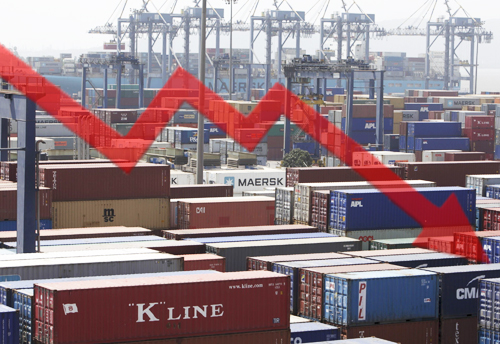Adjust exchange rates and reform input markets for India’s trade to be competitive: CUTS International
Updated: Mar 23, 2016 06:13:23am

New Delhi, Mar 23 (KNN) There is more to recent slowdown in India's export than just looking at it from trade figures, said Pradeep Mehta, Secretary General of CUTS International speaking on India's recent trade performance.
He said, “According to the latest data released by the International Monetary Fund, the total volume of global trade has fallen by 0.5 per cent in the second half of 2015 and a similar trend is expected to prevail in 2016.”
He underlined that “globally, there are cyclical and structural factors, which have contributed to the slowdown of global trade.”
According to the World Bank, the cyclical factors show that the falling global aggregate demand and erosion in commodity prices are the main reasons for this fall in global trade growth. The structural factors point out that the relationship between trade and income has changed in the past decade and today, as highlighted by the World Bank, “global trade has become less sensitive to changes in global income”.
These two factors have severely impacted the growth of India’s trade. In 2013-14, India’s total export was worth USD 314 billion and it declined to USD 310 billion in 2014-15.
Similarly, in 2013-14, India’s total import was USD 450 billion and in 2014-15 it came down to USD 448 billion. In 2013-14, India’s trade deficit was 7.1 per cent of its gross domestic product. As a result of decline in both export and import, in 2014-15, it was reduced to 6.7 per cent of its GDP. In the first nine months of 2015-16, India’s export has fallen to USD 196.60 billion and its import was USD 295.81 billion. India’s fall in trade is much more than global decline of trade.
CUTS has found that this huge fall in India’s export and import is broad based. Export of goods such as petroleum products, pearls, precious and semi-precious stones, drug formulation, gems and jewellery, readymade garments, rice, iron and steel has come down both in value and volume terms. Similarly, there is a fall in the value of import of petroleum due to fall in global prices of that commodity.
According to Surendar Singh, Policy Analyst of CUTS International, “There are two internal factors, which are affecting India’s trade competitiveness in the global market. First, India’s exports are facing difficulties because of relatively over-valued rupee as reflected in India’s real effective exchange rate. Our exports are becoming relatively dearer, while imports are getting relatively cheaper. Secondly, structural issues such as lack of reforms in input markets like those in land, labour, capital, logistics are hindering our producers to produce goods at competitive rates.”
“Given the important role that trade can and should play in our economic growth, relevant government agencies in India need to adjust exchange rates in a manner that they make our trade more competitive, without much pressure on our inflation, and immediate steps are to be taken both at the centre and in states to reform our input markets,” said Mehta.












